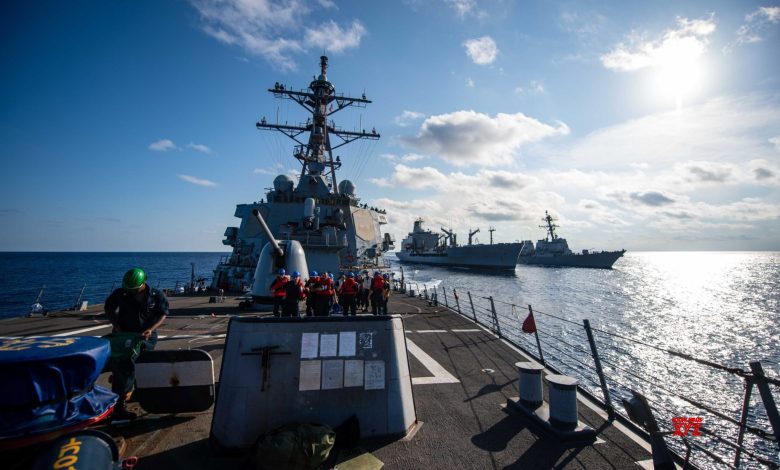US ramps up military action in Yemen after Houthi defiance

The United States has escalated its military campaign in Yemen, launching 22 airstrikes on Tuesday, April 8, targeting Houthi sites across northern Yemen.
These strikes hit key areas, including the eastern and southern parts of the capital, Sanaa, the Island of Kamaran in the Red Sea, and the oil-rich Marib province.
This wave of strikes follows airstrikes on Sunday night, which tragically killed four children and injured 25 others in Sanaa, according to reports from Houthi-run al-Masirah TV and local residents.
The increased US air campaign, which began on March 15, 2025, aims to curb Houthi attacks on international shipping in the Red Sea, especially those the Houthis have linked to Israel. Despite the ongoing offensive, Yemeni military analysts note that the strikes have not significantly deterred the Houthis, who continue to target American and Israeli interests in the region.
Houthi reports claim that between October 2023 and April 3, 2025, they have downed 17 US-made MQ-9 Reaper drones. On Monday, they further claimed responsibility for launching a drone attack on a military target in Tel Aviv, Israel, and striking two US warships in the Red Sea with cruise missiles and drones.
A retired military expert from Aden, Ali Bin Hadi, stated, “The U.S. campaign against the Houthis has, to date, not achieved its stated objectives. The group still possesses the ability to threaten international navigation, its leadership remains intact, and Washington is incurring substantial costs without significant progress.”
The Houthis, who have controlled much of northern Yemen, including the capital Sanaa, have been in conflict with Yemen’s internationally-recognized government since 2014. The group has argued that their maritime attacks in the Red Sea are aimed at pressuring Israel to end its offensive in Gaza and ensuring the return of humanitarian aid to Palestinian territories.
As the conflict continues, analysts warn that the ongoing standoff risks turning the Red Sea region into a new, long-term front with complex consequences for both regional and international security.





